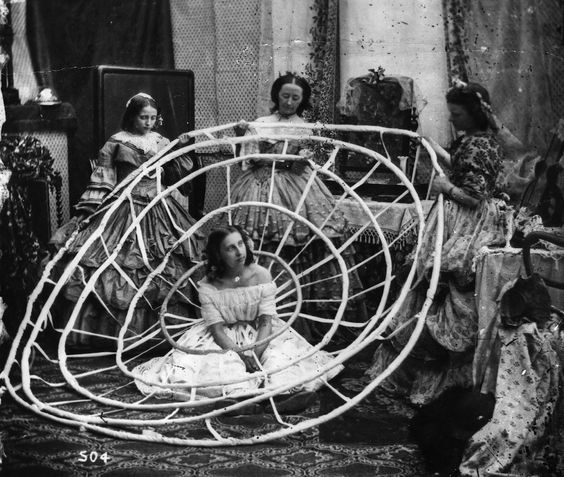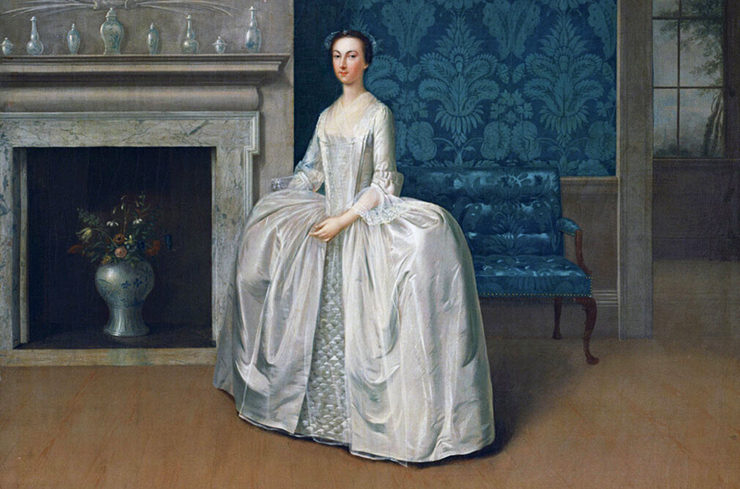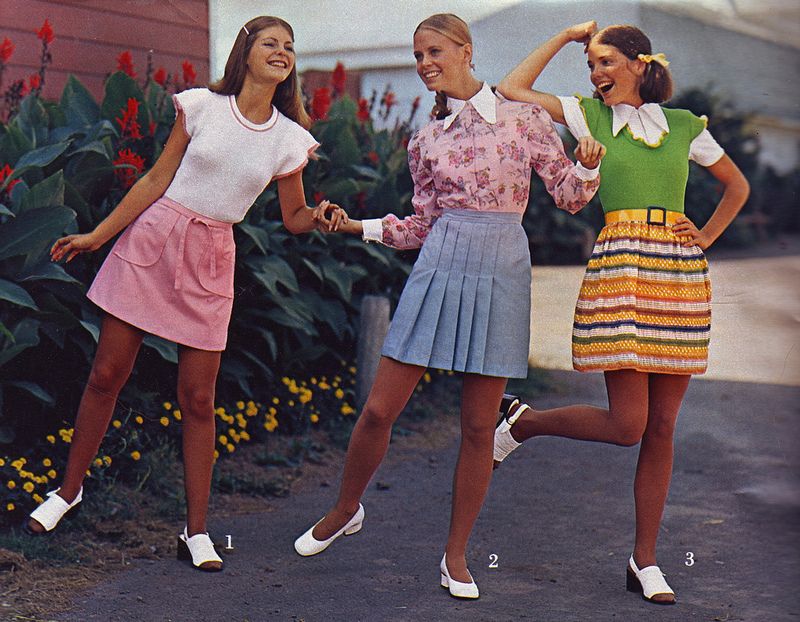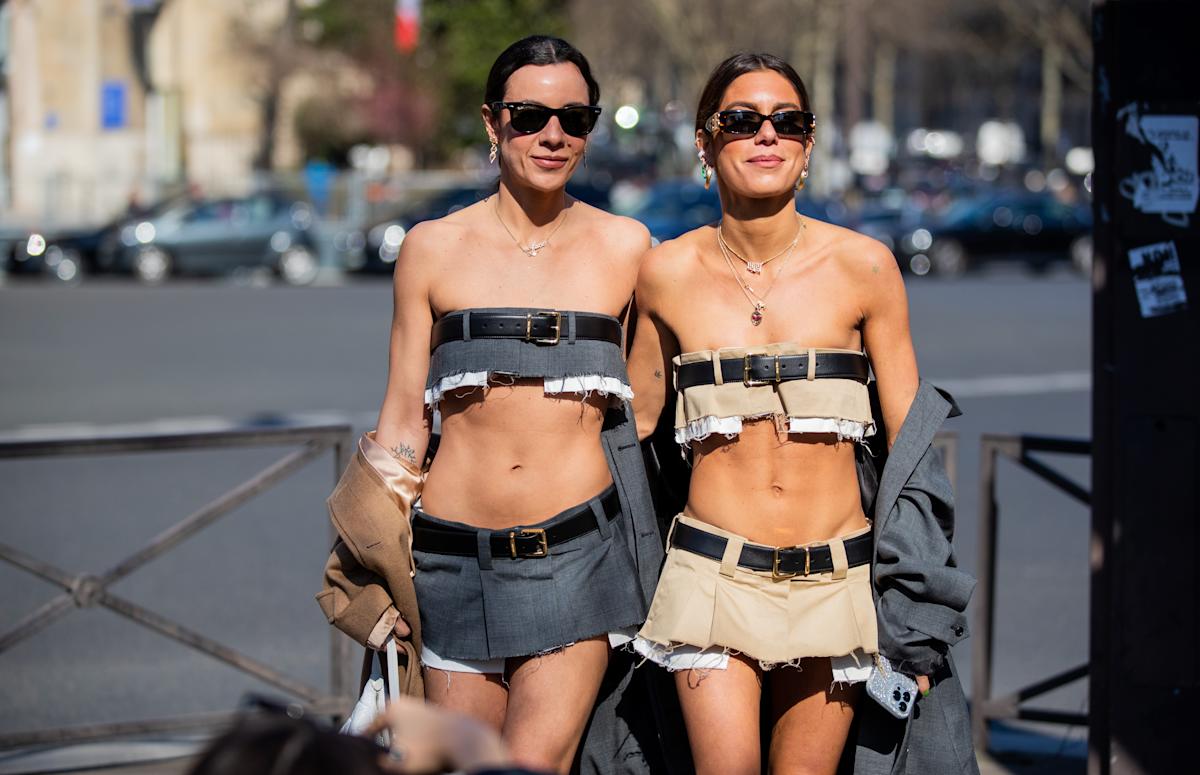
When it comes to human culture, the skirt’s narrative is an interesting one to tell. From ancient times, both men and women throughout the world have embraced this garment. From the 3900 B.C. Armenian skirts were made of woven straw to the assortment of maxis, minis, and midis available today. Skirts have dominated women’s clothing.
This article explores the intriguing history of skirts, from their earliest origins to the designs that have remained constant favorites among women.
Prehistoric Time

Since prehistoric times, skirts have been worn as the most accessible means to conceal the lower body. Figurines created by the Vina culture in the region of modern-day Serbia and nearby Balkan countries at the beginning of the copper era depict women wearing skirt-like clothes.
Men and women of all ancient Egyptian societies wore skirts as their traditional dress. The Sumerians of Mesopotamia used Kaunakes, a form of belted fur skirt. The clothes were composed of linen. Few were exquisitely woven and delicately pleated for the upper classes.
Middle Age
Due to advancements in tailoring throughout the Middle Ages, men could begin wearing fitted pants and tights. As men’s interests shifted toward hosiery and tunics, this form of clothing began to fall out of favor. However, Skirts remained the predominant option for women’s attire.
A separate, wider skirt was attached to the bodice and cut to fit the figure’s contours below the waist. Women always wore dresses until the late nineteenth century.
19th Century Dressing

During the Victorian times, skirts dominated fashion, while clothing norms were quite strict. The early Victorian woman’s wardrobe comprised dresses that covered the entire body, corsets, and bustles. In contrast, in the late 1890s, women chose an active lifestyle, including riding, cycling, and walking.
Separate skirts and jackets became the trend, resulting in less confining costumes than those of the preceding Victorian era. In 1886, skirts grew less trimmed, and their drapery descended into more precise lines.
From the 1890s onward, the skirt’s popularity as a separate article of apparel developed significantly and surged. Bulky full-length gowns were replaced with more functional clothes. Nonetheless, skirts remained floor-length until the introduction of the hobble skirt in the 1910s.
The Iconic 20th Century

Quant allowed women the flexibility to pick the length of their skirts, which evolved into the micro-mini size. The ultimate revolution occurred in the 1960s with the introduction of Mary Quant’s miniskirt. Women were granted the option to pick the length of their skirts for the first time, although the short size remained popular.

Since then, many women’s wardrobes have included miniskirts, except for the 1970s hippy style, when peasant skirts with greater hemlines were introduced.